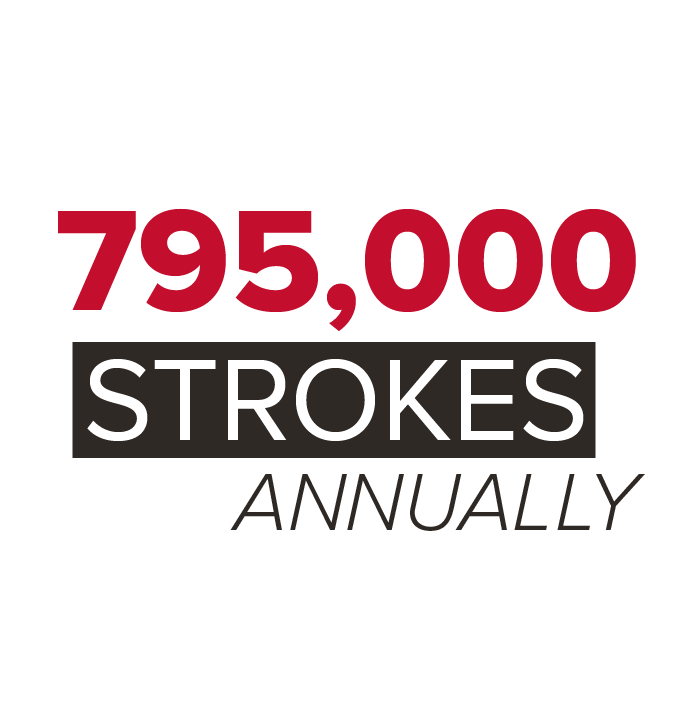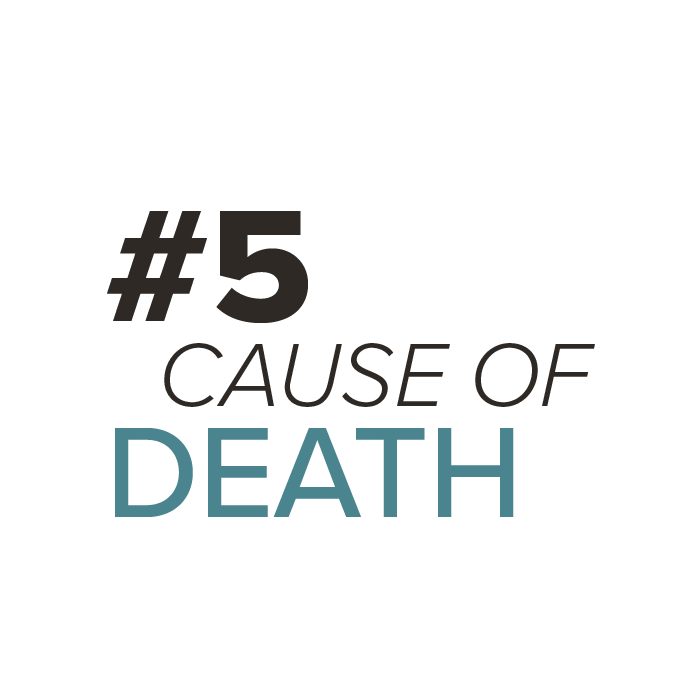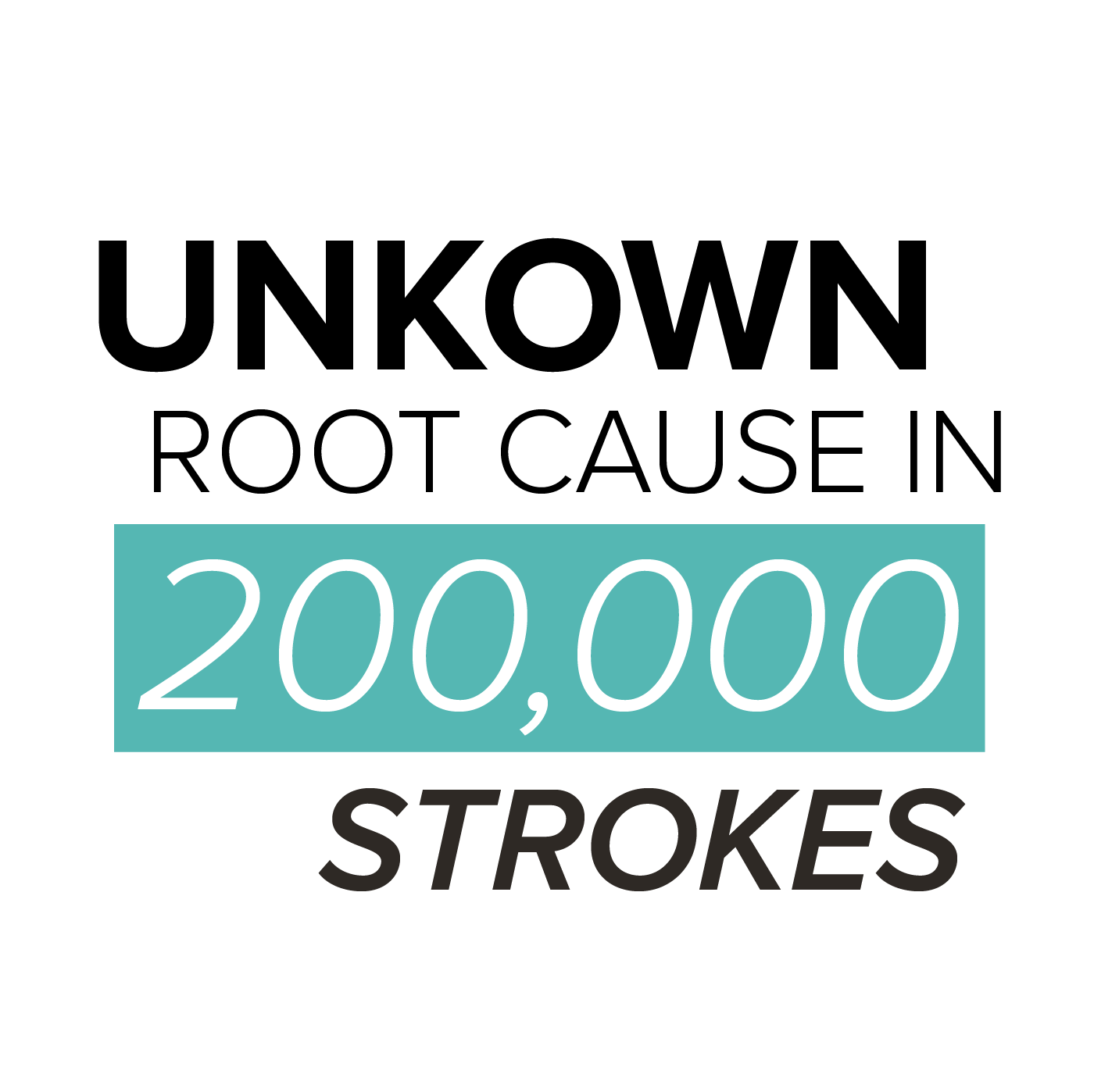The Quest to Address a National Crisis
Strokes and cardiac events often strike without warning. 6.8 million people 20 years and older have had a stroke1, making it a public health crisis in the US and worldwide. Approximately 795,000 people annually experience a new or recurrent stroke, leading to 130,000 deaths, making stroke the fifth leading cause of death overall. Of those lucky enough to survive, most will experience long-term disability. We know that 87% of strokes are Ischemic and of these, the two most common subtypes are due to large artery atherosclerosis (~30%) and strokes of unknown origin, or cryptogenic (~30%). The remaining 20% of ischemic strokes are cardioembolic in origin. It is believed that the cause of approximately 200,000 strokes annually is unclear. Defining the origin of these strokes has profound implications on treatment and assessing the risk of recurrent events.
1Extrapolated to 2010 by use of NHANES 2007-2010 data) American Heath Association. Heart Disease and Stroke Statistics, 2015 Update.
Identifying Stroke Risks
Among other workups, routine tools to identify the cause of stroke include magnetic resonance imaging (MRI), angiography, computerized tomography (CT), and vascular imaging such as Intravascular Ultrasound (IVUS) and Optical Coherence Tomography (OCT). Although all have their place, the complexity of human physiology including tiny, hard to traverse veins and stents, challenge the ability of these technologies. This leaves countless voids that are visually uninvestigated, potentially harboring critical health risks.





